[grwebform url=”https://app.getresponse.com/view_webform_v2.js?u=spPd&webforms_id=13182401″ css=”on” center=”off” center_margin=”200″/]There are penty of great things to do in Luang Prabang in Northern Laos sits on a peninsular at the junction of the Mekong and the Nam Khan rivers. It’s a UNESCO World Heritage Site because of the architecture of the buildings.
It’s probably the most tourist savvy place in Laos making it an ideal first time stop in this country. Many people speak English and shops and restaurants have a familiarity about them, although many of the locals sometimes seem to disconnect themselves from the hordes of foreigners who descend on their town. In this article I will tell you about some of the great things to see in Luang Prabang and I will give you my opinion about why some visitors might feel that they’re not welcome. Find out if I ever got up before dawn to see the monks collect their alms and see if you can solve the brain teaser at the end.
To accompany this series of articles on Laos, I have published a comprehensive 28 page travel itinerary of my month-long route around Laos. Simply enter your details in the box below to get your free guide.
[grwebform url=”https://app.getresponse.com/view_webform_v2.js?u=spPd&webforms_id=13109801″ css=”on” center=”off” center_margin=”200″/]
Luang Prabang is a large rambling city but most things of interest are concentrated in a compact area of the old town which is hemmed in on three sides by the rivers. You can walk around the river banks in some places but the best bits are to be found in the little streets lined with traditional houses, although these are gradually being altered and added to in order to cater for the huge numbers of visitors who flock to the city.
If you are going to Laos don’t forget to get your guide book – check this link for special offers from Lonely Planet
Mount Phousi
At the centre of this almost-island peninsular is tiny spiky mountain (it’s a large hill really), called Mount Phousi (pronounced pussy) which is topped by a little temple called Wat Chomsi.
Legend has it that a princess wanted a specific food to eat and the Monkey King was tasked to fetch it. Unfortunately the food was a mushroom called monkey ears to be found on a certain mountain in Sri Lanka. Not wanting to offend the Monkey King the princess refused to name the food that she wanted but she tried to describe it. The Monkey King flew with his magic wings back and forth to Sri Lanka many times returning with all types of food none of which were the correct mushrooms, until in frustration he took the top off the mountain and plonked it down in front of the princess’ palace – forming Phousi mountain.
355 steps wind their way to the top, weaving among trees and with little shrines and Buddha statues dotted everywhere. The view from the top of the hill is lovely and while I never got up there at sunset, I have it on good authority that the sunset across the river is magnificent. While I was up there I met a young monk. He told me that he often hangs around up there looking at the view and waiting to practice his excellent English with visitors. His is the lovely smiley face at the top of this article.
The Royal Palace
The Royal Palace was built in 1904 for King Sisavangvong but he was removed from power and sent off to a re-education camp when the Communist Party came into power and the People’s Democratic Republic of Laos was created.
Thankfully the goverernment preserved the palace and it has now been converted into a museum. It is set in peaceful gardens along with a flashy gold covered temple. The palace building is understated yet sophisticated and contains a nice selection of exhibits. Teak corridors encircle rooms which show off furniture and pictures from the era of the King. The gardens contain mature shrubs and flowers with walkways between ponds and fountains.
The UXO Museum
If you learn nothing else about Laos you must learn about ‘The Secret War’. Click on this link for my article in order to understand what the war was all about and how it affects the population now; but better still, visit the UXO museum if you are in Luang Prabang..
The museum graphically illustrates the damage that’s been done to the country and it demonstrates the various ways that Laos is being held back. It’s not easy for the country to develop a better infrastructure of new roads and schools, and the hospitals still see too many victims of the bombies (click to find out what a bombie is). The UXO Museum is small but thought provoking with photos, facts and texts displayed around the room.
The story telling museum
I spent a magical hour sitting in the semi-darkness in the traditional story telling museum in Luang Prabang.
This enterprise is concerned with preserving and promoting local traditions, stories, myths and legends. It was nice, knowing that this is how people used to entertain themselves before TV and computers – sitting in cosy intimacy and listening to stories. I learnt why Mount Phusi is called Mount Pussi. I found out what has it got to do with mushrooms and the Monkey King (see above).
I heard about nagas (serpents) and battles, rivers and gods from a man accompanied by another who played traditional folk music on his one stringed violin. It was simple yet enthralling entertainment and it offered an interesting insight into traditional Laos culture.
If you are in Luang Prabang do check out their website here and pay them a visitwww..garavek.com
The wats
One of the reasons that Luang Prabang is a UNESCO World Heritage Site is because of its wats or temples. They were some of the best that I ever saw in Laos. The outside of Wat Xieng Thong is covered with little mirrored mosaic pictures. Many of the wats have been renovated so the paint work is nice and shiny, unlike many of the wats in other parts of Laos.
In Cambodia and Vietnam you can see evidence of a Chinese influence in the temples but here in Laos tThey are more similar in style to those in Thailand; although there the bling is taken to a higher level. .
Giving alms to the monks
Buddhist monks usually only eat two meals a day – breakfast and lunch – with nothing after midday. They do not earn or spend money therefore they rely on donations and they go out onto the streets at dawn to collect food donations.
Local people across Buddhist S E Asia have built alms-giving into their daily routines. Many rise early and go out to the monks and give rice, water or vegetables, or some give lotus flowers or incense. The monks will accept these gifts into their alms bowls and generally murmur a prayer of thanks to the gift giver. Shop owners will often pop outside with something for passing monks but here in Luang Prabang with so many temples and therefore so many monks, the`monks have become a tourist attraction in their own right.
At dawn whilst it’s still dark, people gather in a line and sit on the pavement with their alms. As the darkness lifts, the monks – some mornings there are over one hundred – file slowly past the waiting people gathering the alms in their cloth bags or in their metal alms pots. It should be a respectful process and an interesting one to view whatever your beliefs, but here in Luang Prabang some of the tourists spoil it.
It is not considered respectful to stand in front of a monk or to block his path, yet it is not uncommon to see somebody dash across and stick a huge camera lens into the face of a young monk. The alms giving and the receiving of a blessing should be a private affair but here in Luang Prabang excited gaggles of visitors, scream, shout and point.
One morning I got up at an unearthly hour to attend the ceremony but I took a seat on a little plastic stool on the opposite side of the street where a lady was brewing coffee in a big cauldron and I quietly watched, snapping off a few pictures unobtrusively with my zoom lens. ([easyazon_link identifier=”B01AAU7RWI” locale=”UK” tag=”scajonblo0e-21″]I use a Panasonic Lumix – click here[/easyazon_link])
The Laotian tour guide who was sitting next to me was scathing about his tour group who he could see running excitedly about. He had earlier explained the protocol to them, yet in their excitement they were breaking all the rules. It’s no wonder some of the locals here want to distance themselves from the visitors!
[grwebform url=”https://app.getresponse.com/view_webform_v2.js?u=spPd&webforms_id=13127101″ css=”on” center=”off” center_margin=”200″/]
More great things to do in Luang Prabang: the night market
You can be in total shopping heaven at the enormous night market where you can shop to your heart’s content. This market is not as big as the weekend Walking Street Market in Chiang Mai nor the Saturday market in Otovalo in Ecuador but it rivals each of them for the goods on sale.
Silk, silk and more silk is sold here along with paintings and bags, jewellery, parasols and lamps. Down a couple of little alleyways you will find tables groaning with street food. At these you load up with the various salads and then pick out your meat or fish which will be slung onto the barbeque coals or whizzed up in a wok. You find a gap on one of the benches and taking care not to poke out your neighbour’s eye with the end of your chopsticks you tuck in and eat.
The Bamboo bridges
Depending on the water level in the rivers you may be in Luang Prabang when the bamboo bridges are built. Connecting the little island peninsula with communities on the other banks these delicate structures precariously span the wide river with its strong currents. Washed away in the floods and rebuilt every year I can’t say that I was happy to cross one (I did) but I was more than happy to pay the small toll which goes to the farmer who builds and maintains one of them each year.
I crossed with my friend Camile, following a group of monks as they crossed over the flexible bamboo slats. I figured that they must have goodness on their side more than anybody and I tried hard not to think of the time that I had put my foot through a similar bamboo floor in Colombia.
Once across and onto the other side, Camile and I explored a little community, checked out an abandoned chedi and wobbled back again.
The Kuang Si Waterfalls and the bear rescue centre
There are several waterfalls to explore in the countryside outside Luang Prabang and I went to the excellent Kuang Si waterfalls with a group of friends that I had met on the slow boat from Thailand.
At the base of the falls, the water collects in several attractive swimming pools and steep trails climb up the side of the mountain to the top. Up here, the river flows fairly shallowly before pouring over the lip of the mountain and cascading down in a torrent of noise and spray.
Here at the top you can gingerly walk out into the centre of the river and peer out over the edge, protected only by a simple rustic wooden railing. I stood in the centre with tears streaming down my face, mirroring the water pouring down the mountain. This was just one week after my moving experience at the temple in Doi Suthep – and this was the first time in almost seven years that I could marvel at the beauty of nature and not feel guilty about being there. They were tears of joy.
The weather could have been better – it was a bit overcast, but the water was an enticing sea green and I was alive and I finally felt at peace.
The best thing to see in Luang Prabang
For me, the icing on the cake at the waterfalls was the bear rescue centre at the base. Despite the science which proves it’s all nonsense, there is still a demand for bear bile in Chinese medicinal products.
Bears are captured and held in tiny cages and their bile is ‘farmed’ by barbaric methods – basically using a catheter and a tube. The practice is illegal in Laos however that doesn’t prevent bears being captured, but a charity has dedicated itself to rescuing the bears and providing a safe and happy environment for them once they are safe.
We spent a long time reading the information boards and watching the bears forage for their food in the enclosures. Don’t be fooled by the sad looking bear in my photo here – compared to the life that he was rescued from, he is now in bear heaven. Admission to the bear reserve is free (it is included in the waterfall entrance price) so I treated myself to a tee-shirt to support the cause before we left.
For more information about this barbaric practice of harvesting the bear bile click here
There are many great things to see and do in Luang Prabang – but arriving via the slow boat from Thailand has to be the best way
And finally….
…..here is another tale from the Story Telling Museum
A long time ago in Laos there was a king who had ten sons.
As he grew older he had to make a decision about which son would inherit his crown. He called them to his palace one day and gave them each a handful of beans.
The king told his sons to return to the palace in ten months time with their harvest and then he would decide who would become king.
The ten sons went away and carefully chose and prepared the land where they would grow their beans. They returned after ten months with baskets overflowing with their produce. All except the younger son who returned with nothing. Shamefaced he hung his head and apologised to his father while his brothers roared with laughter. ‘I’m sorry father but I cannot give you any beans’, he explained.
The king looked at each of his sons and thanked them for bringing him such a magnificent crop of beans, but then told his nine stunned older sons that their younger brother would inherit the crown and become king.
Do you know why the king made that decision?
If you think that you know the answer drop it in the comments box below.
There are some great things to do in Luang Prabang. It’s a gentle introduction to a country which is just beginning to open its doors to mainstream tourism. There are many places where you feel as if you are the only non-Laotian that has visited some towns and villages, and unlike the other countries in S E Asia, Laos is far more traditional and far poorer. Yet everywhere that I went, it felt as if Laos was balancing on the edge of change which an influx of visitors could influence – and hopefully that change would not be to the detriment of the traditional way of life.
If you too would like to visit Laos, you can find the best prices using Skyscanner the flight comparason website – Click here for the Skyscanner site, but if you are not brave enough to tackle this wonderful country alone, why not travel with a small group. I have travelled with Explore in the past and I can highly recommend them. Click here for their latest tours
Scarlet Jones Travels is a participant in the Amazon Services LLC Associates Program, an affiliate advertising program designed to provide a means for sites to earn advertising fees by advertising and linking to Amazon.com
This post contains affiliate links and/or references to our advertisers. We may receive compensation when you click on or make a purchase using these links
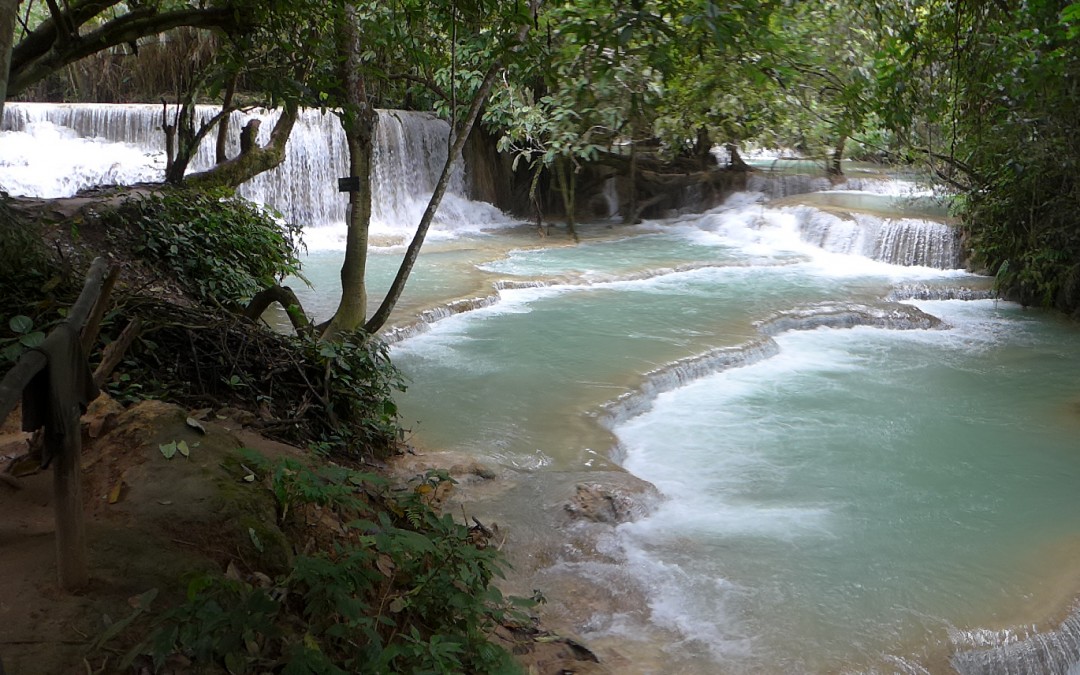
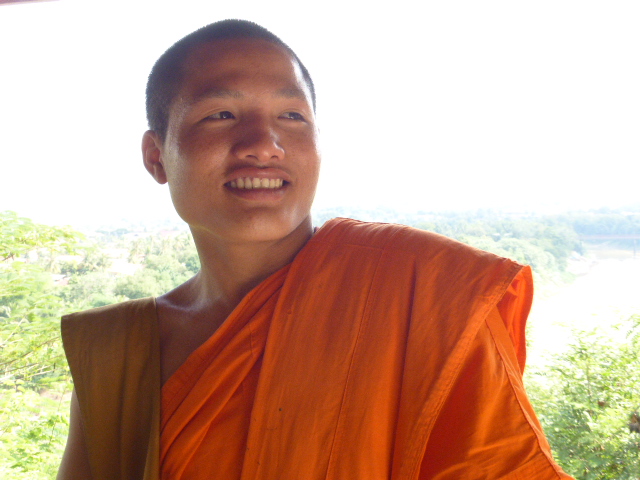
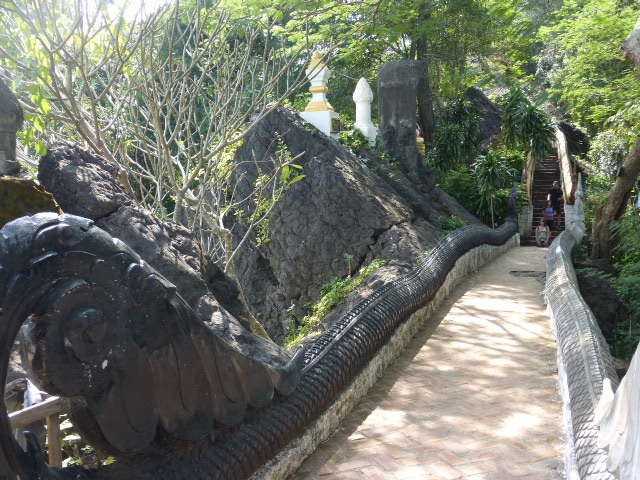
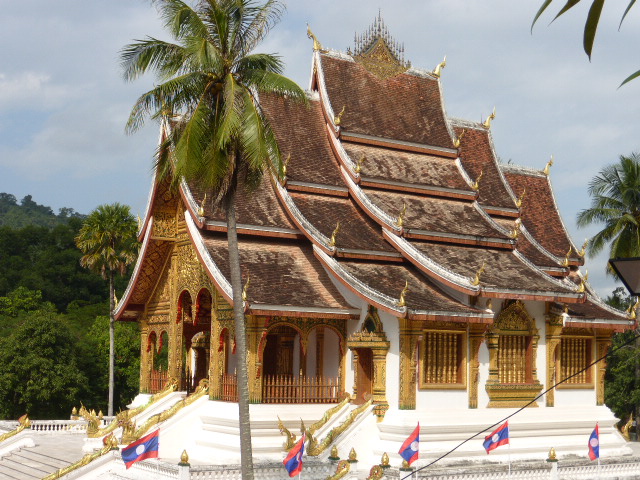
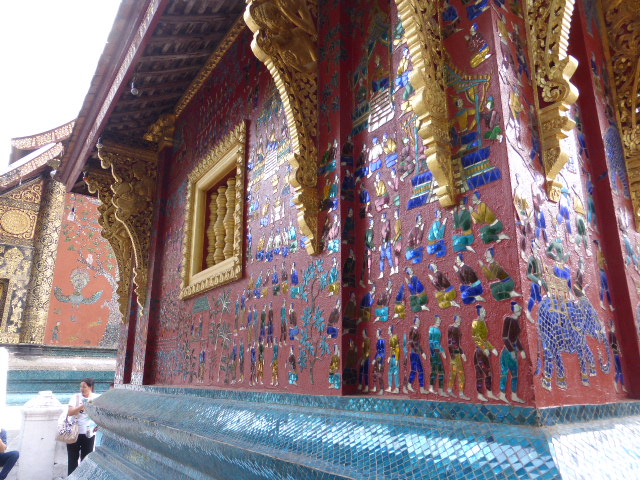
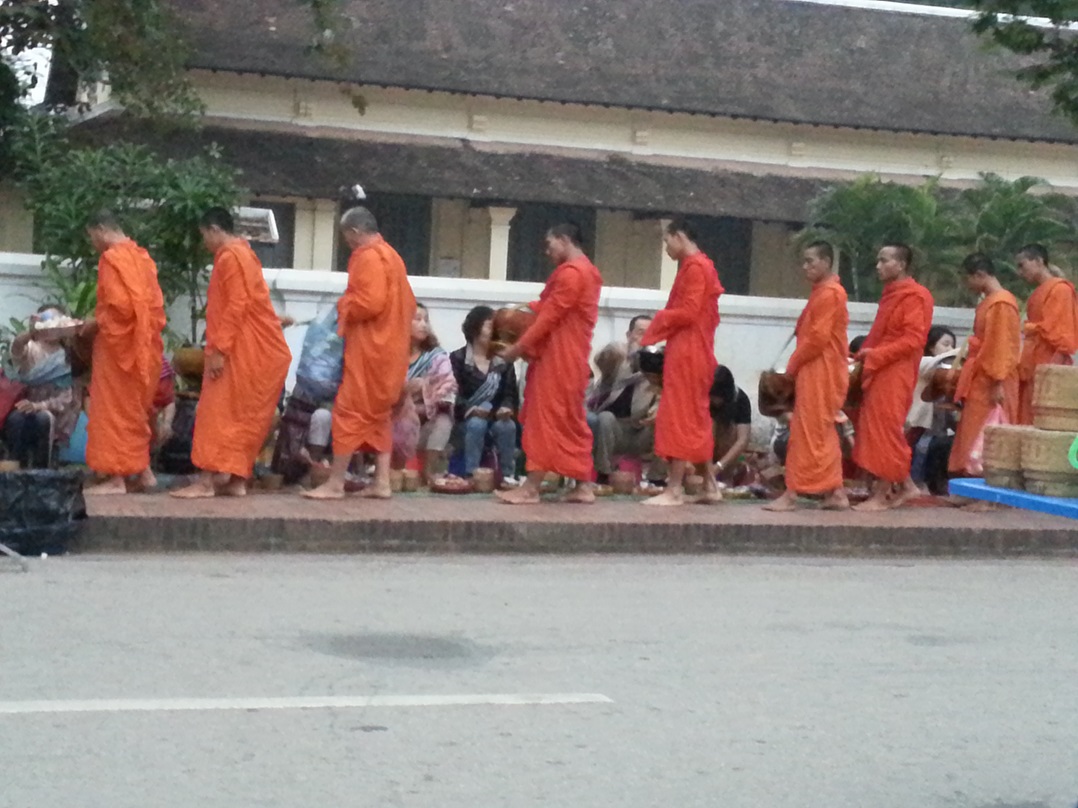
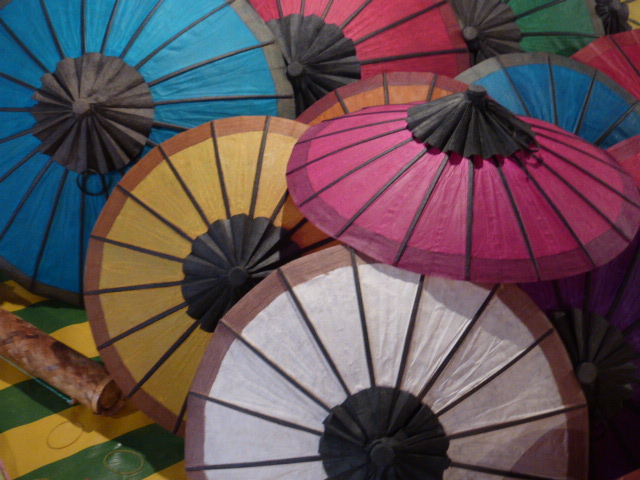
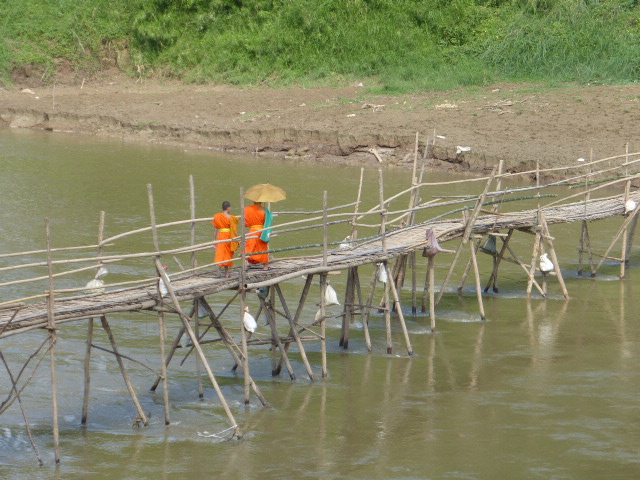
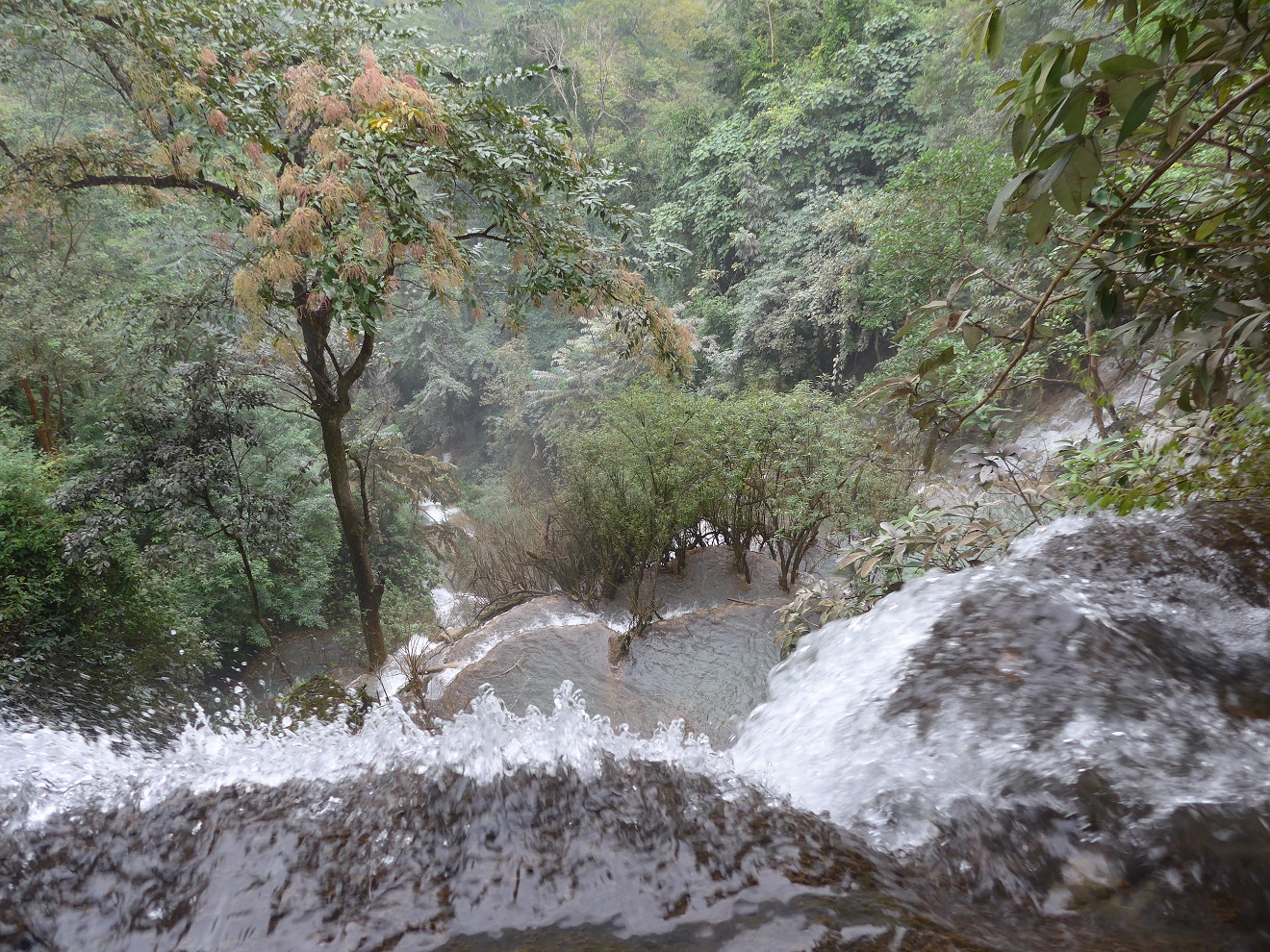
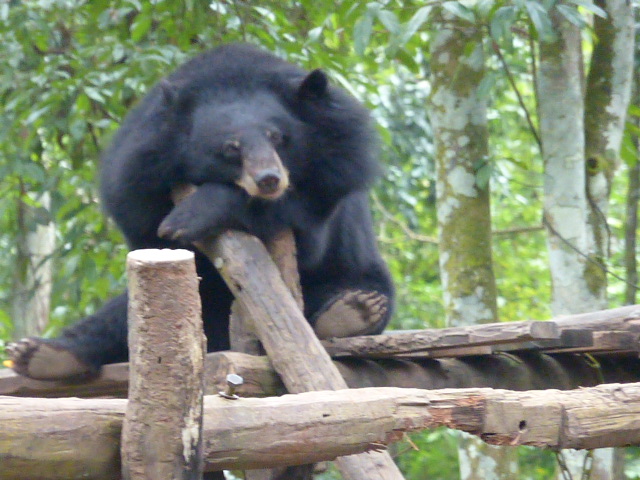
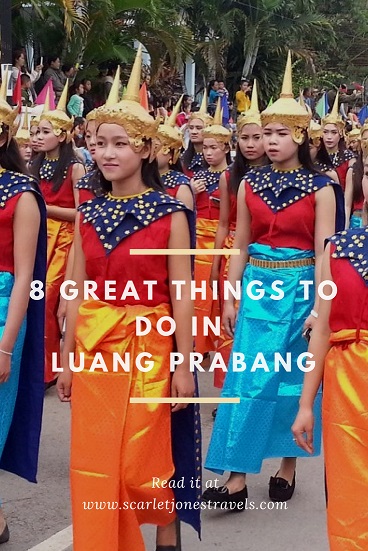
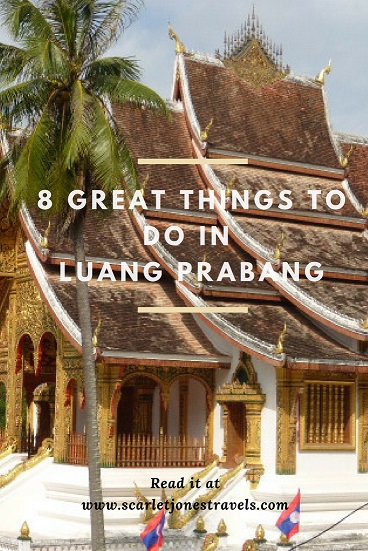
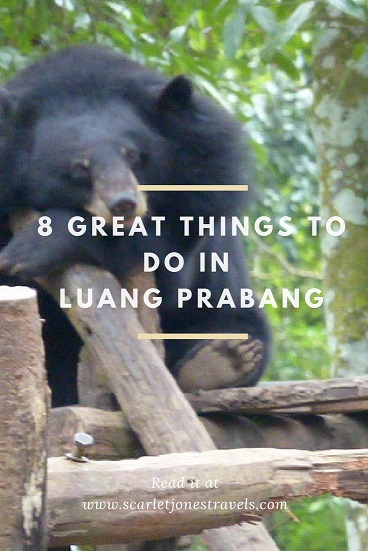
Lovely article once again my friend. I was pretty gobsmacked reading about the ‘unofficial’ devastation of Laos and knew nothing of this subject. The total disregard of a neutral nation is despicable and no help offered to clear up their illegal, immoral and brutal mess! Laos sounds so beautiful, I could not see your photos though unfortunately. Many emotions came to the fore reading this one, disgust at the treatment of that country, happiness for the saving of the bears, embarrassed for my species not having the decency to respect local customs, awe at the beauty of nature and the the simple beauty of survival. I love the way you immerse yourself into everything you do and accept everything around you. No idea about the story though! X
Thank you Concha for all of your remarks here. I am not sure what happened with the photos – I will check why you were unable to see them.
Laos has so much variety – whether within one city like Luang Prabang or in the country as a whole. And always in the back of your mind when you wander off to the side of the road for a peep over a hedge or a pee under a hedge is the thought of all of those unexploded bombs.
You will have to wait a bit longer for the answer to the riddle